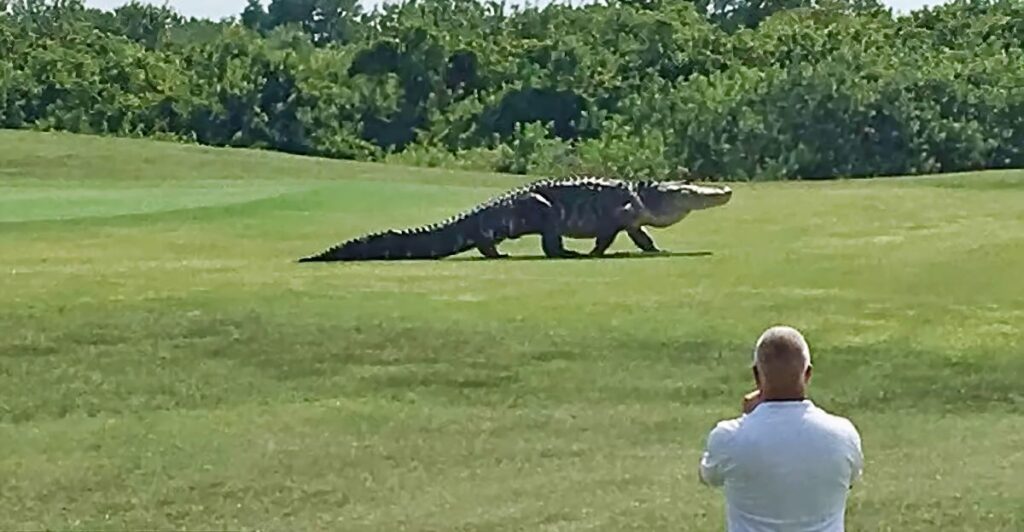
The United States has some of the best biodiversity on the planet. With so many unique animals that have evolved on the natural landscape of all 50 states, it’s no wonder that there are still some pretty amazing and massive reptiles roaming the country.
Reptiles are incredibly unique animals that evolved different from mammals. Some key differences are that they are cold-blood, and rely on basking and other way of regulating heat. Most reptiles also lay eggs instead of having live young.
These amazing reptiles, from ancient alligators to huge snakes, thrive in diverse ecosystems like swamps, rivers, and coastal waters. Many of these animals have a long lineage on the planet and remind us of the prehistoric planet where many of these species once ruled.
American Crocodile
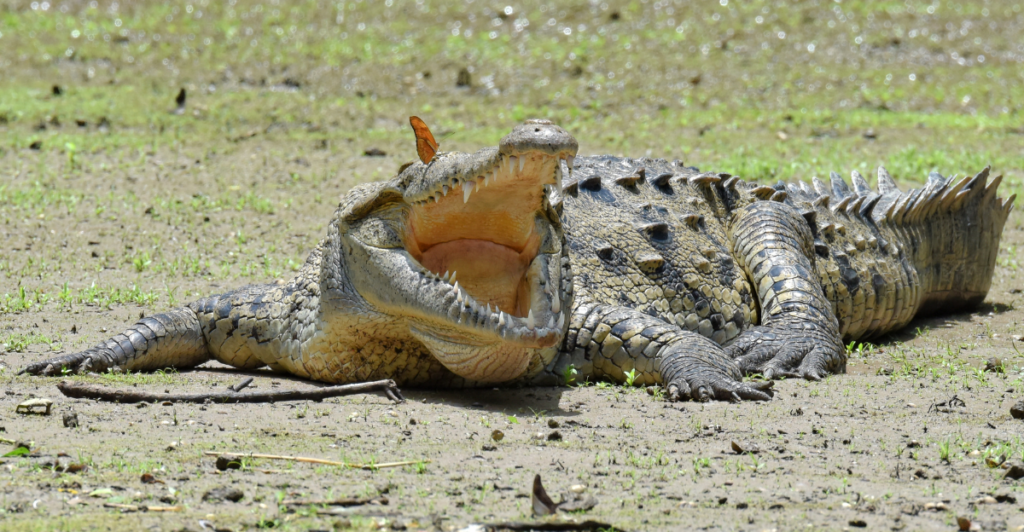
The American Crocodile needs no introduction. It is a massive 20 feet long reptile that has a rich history on this planet. They are similar to American alligators, but they have narrower snouts and can be found in Florida’s coastal waters, like lagoons and swamps.
They are solitary hunters who co-exist in the same habitat but do not help each other hunt their prey. Each crocodile is on its own and needs to rely on their own strength and skill in order to get their next meal, but don’t worry, they are equipped with incredible equipment. Crocodiles have a bite force of more than 3,500 psi and use their sharp teeth to grip and rip chunks off of prey.
They have developed a unique way of killing their prey. Once they’ve pinned it with their teeth, they will pull them into the water, where the animal starts to drown. From here, they will start rolling while still holding the prey. Since their bodies can weigh up to 2000 pounds, this “death roll” is an efficient way of dispatching their prey.
American Alligator
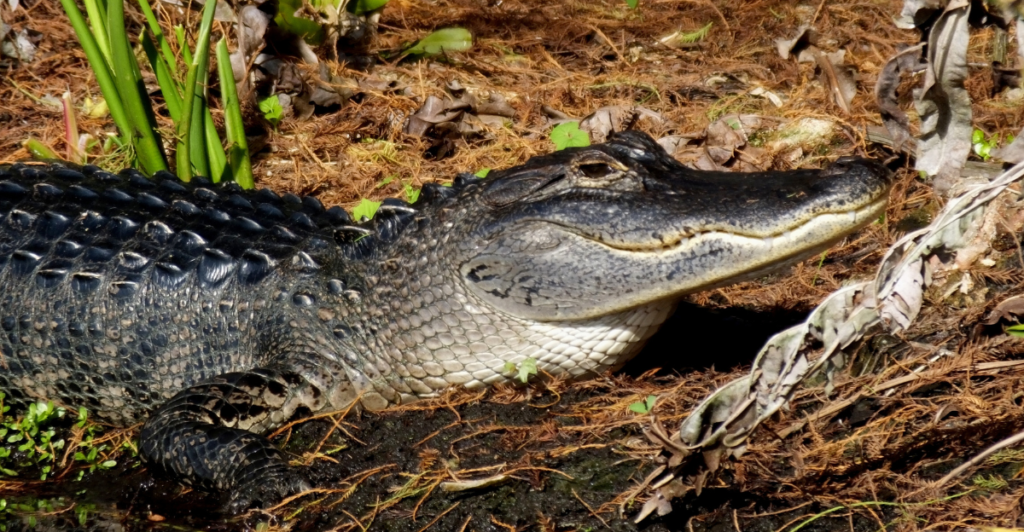
The American Alligator and American crocodile may be similar to one another, but the alligator grabs the spotlike in America for its iconic history. They can grow up to 16 feet long and easily weigh over 1000 pounds. Like crocodiles, they are usually found in frewater swamps, marshes, and rivers.
They have a broader snout than crocodiles and thicker scales on their body to protect them against any dangers. Alligators can dig out large but shallow holes in the sides of rivers, often called “gator holes.”
These shelters protect alligators and can even provide a habitat for other species once abandoned. Alligators are an endangered species due to habitat loss and overhunting, but they are making a recovery through conservation.
Eastern Indigo Snake
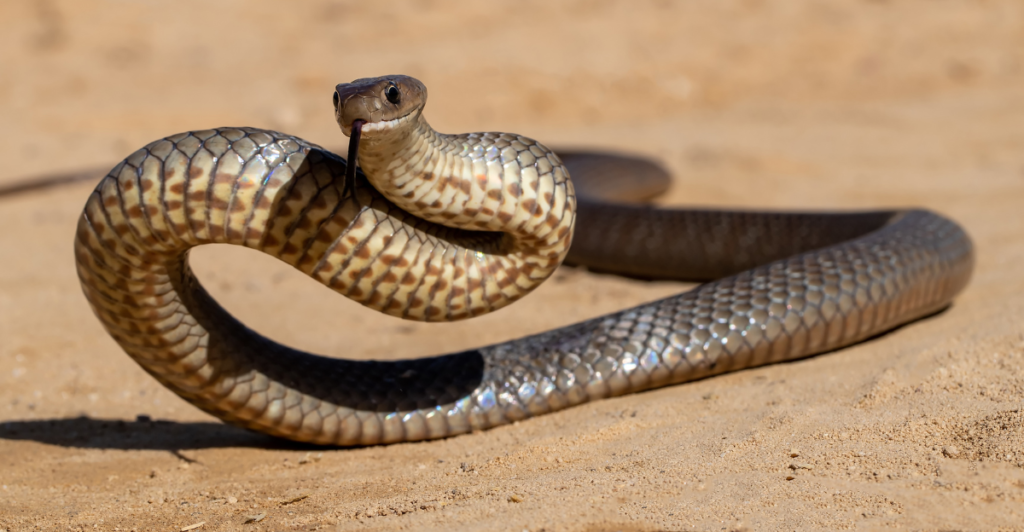
The eastern indigo snake is the largest snake that’s native to the United States. They can be up to 8,5 feet long and have a captivating glossy, black coloration. They are not venomous despite their look and like to call longleaf pine forests their home in Southeastern America in States like Florida and Georgia.
In their environments, the snakes are apex predators, controlling the population of small mammals, rodents, birds, and even other snakes like the venomous rattlesnake. They play an important role in bringing balance to their ecosystem.
The eastern indigo snake is facing many risks to its population, including habitats destruction, habitat fragmentation. They are now considered a threatened species and conservation could aid in bringing their numbers back up. These programs have a focus on restoring their habitat and breeding in captivity.
Leatherback Sea Turtle
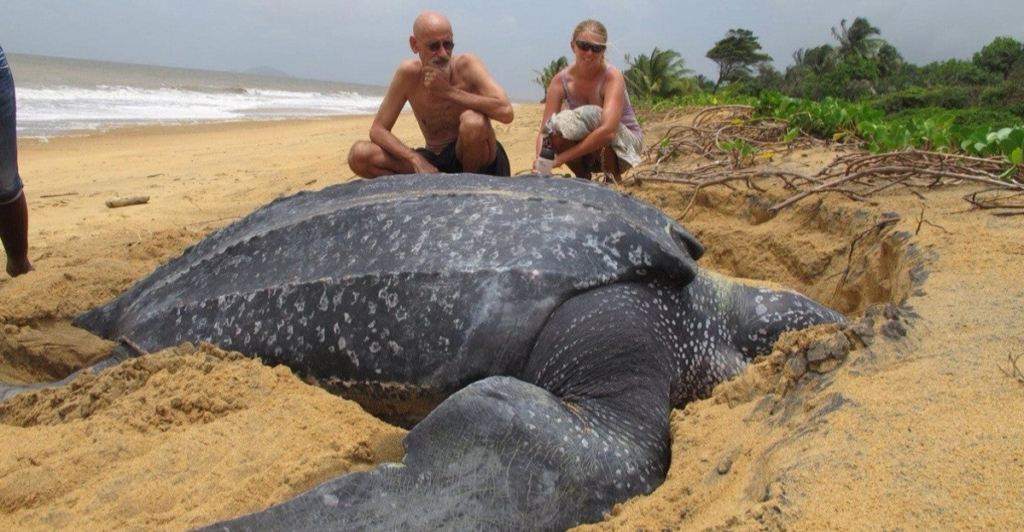
The leatherback sea turtle can get up to an enormous 7 foot long, making it the largest turtle species in the world. They can weigh up to 1000 pounds, making them incredibly heavy. As the name may suggest, leatherbacks have a unique adaptation compared to other turtles, and that is that they don’t have a hard shell.
Their shell, instead of being hard, is leathery and flexible. Leatherbacks can be found across U.S. Pacific and Atlantic coastlines. The population likes to nest in Florida and Puerto Rico.
Due to factors like pollution, fishing nets, and a change in sea temperature, leatherbacks are now a critically endangered species. Conservation projects aim to protect their nesting habitats and keep them balanced. They also aim to reduce bycatch in fisheries so the turtles won’t accidentally be targeted.
Loggerhead Sea Turtle
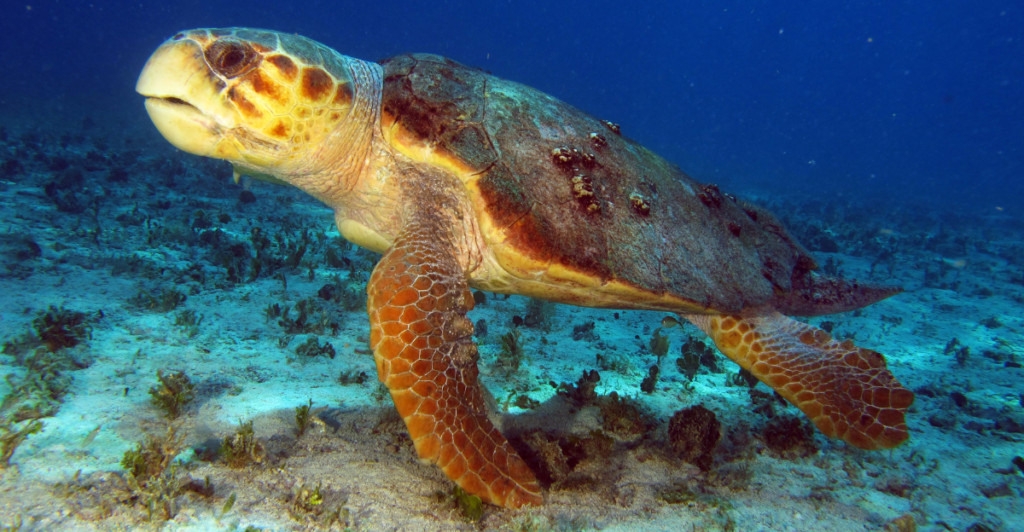
The loggerhead sea turtle may not be the longest sea turtle like its cousin, the leatherback, at just 3.5 feet. What they lack in proportions, however, they make up for in weigh, with some members weighing up to 1,000 pounds.
They have thriving numbers along the Atlantic coast and the Gulf of Mexico and like to nest in South Carolina, Georgia, and Florida. They have amazingly adapted heads, which is why they got their name “loggerhead.” The species use their head to hunt crustaceans and get through their thick carapaces.
Like the leatherback and many other sea turtles, they face many risks, including water pollution, habitat fragmentation and shrinkage, as well as accidental fishing. Their nesting sites must be conserved in order to let their population recover.
Burmese Python
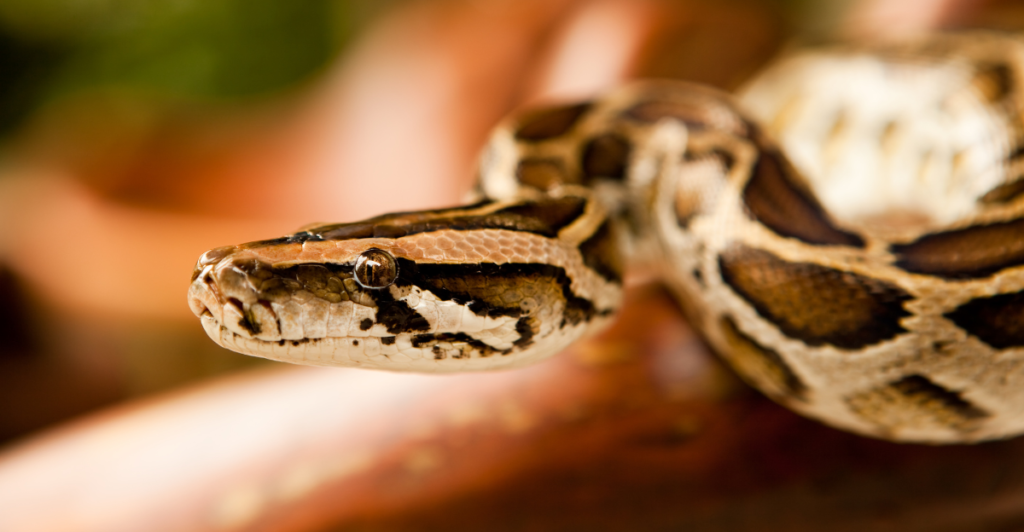
Although the Burmese python, as the name suggests, is not a native snake to the United States, they have established a population in the Florida Everglades primarily through the exotic pet trade.
They are invasive species that have had a huge impact on their new environment, putting many other species at risk. They are one of the biggest snakes on the planet, reaching lengths of up to 20 feet.
They aren’t just long and have massive bodies, weighing up to 200 pounds, to help them overwhelm their prey and other threats alike. Conservation programs have been making efforts to root out these invasive species that are harming the local ecosystem by preying on local wildlife and outcompeting other predators.
Green Anaconda
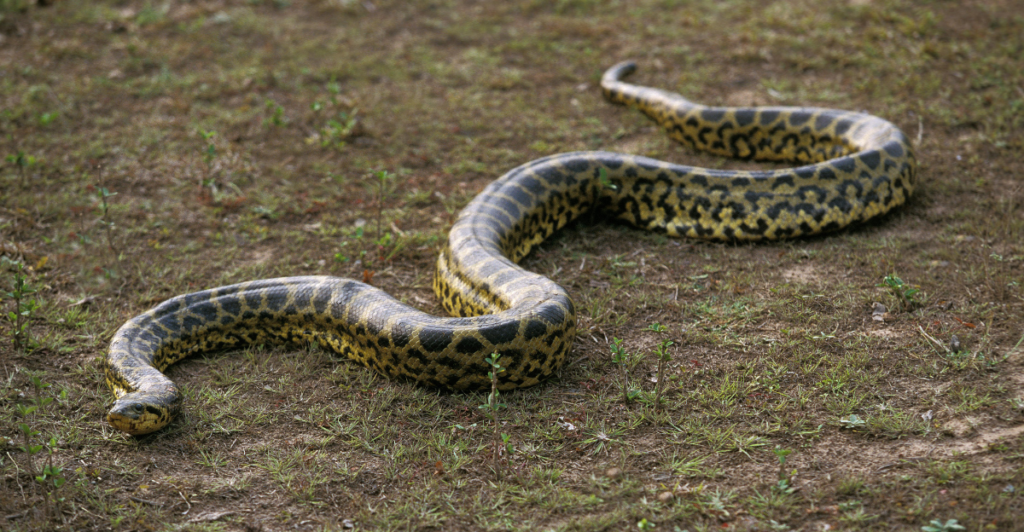
The green anaconda may be one of the most famous snake species, primarily living in Florida. These massive snakes are some of the heaviest snakes in the world, weighing at a staggering 400 pounds.
Like Burmese pythons, they are another snake that is invasive and is native to many places in South America and the Caribbean. They pose a risk to local wildlife through predation and give native predators less prey availability.
These enormous snakes are semi-aquatic and like to dwell in swamps and marshlands. They do not only hunt local prey of other predators, but will also go for larger animals, such as deer and even caimans. Their numbers are not large, but they still have a large impact on Florida’s ecosystem.
Texas Indigo Snake
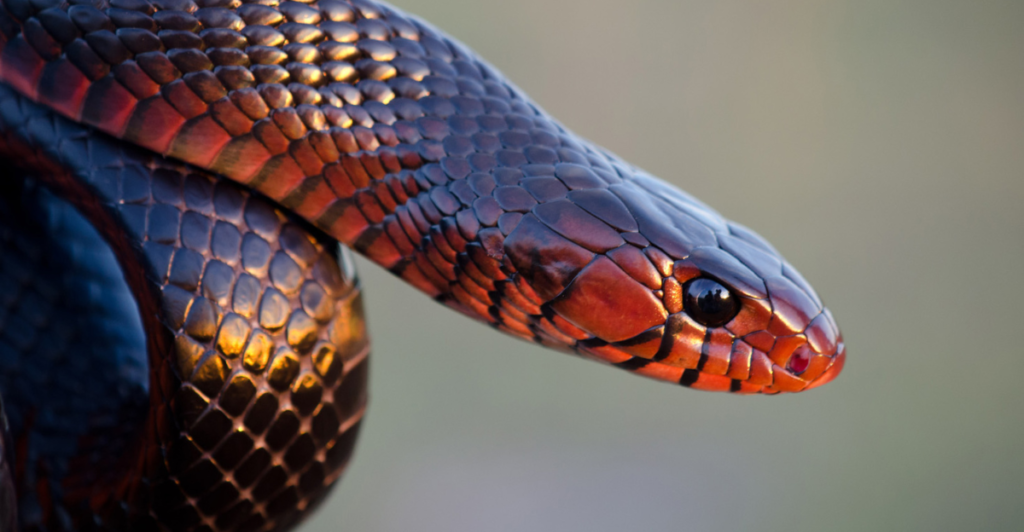
The Texas indigo snake is one of the longest native snakes that live in North America. They can reach lengths of ten feet long and are found inregions like southern Texas and northeastern Mexico. They are not vemonous and have beautiful black-blue scales.
They are apex predators in their environment and prey on a variety of animals including venomous snakes, rodents, and birds. Currently, they are at risk of a number of threats which means they are a threatened species.
The snake species is protected under Texas state law due to factors like habitat loss and human interference, normally in the form of killing the snakes on sight due to stigma. They are an essential predator that aids in balancing the ecosystem.
Bullsnake
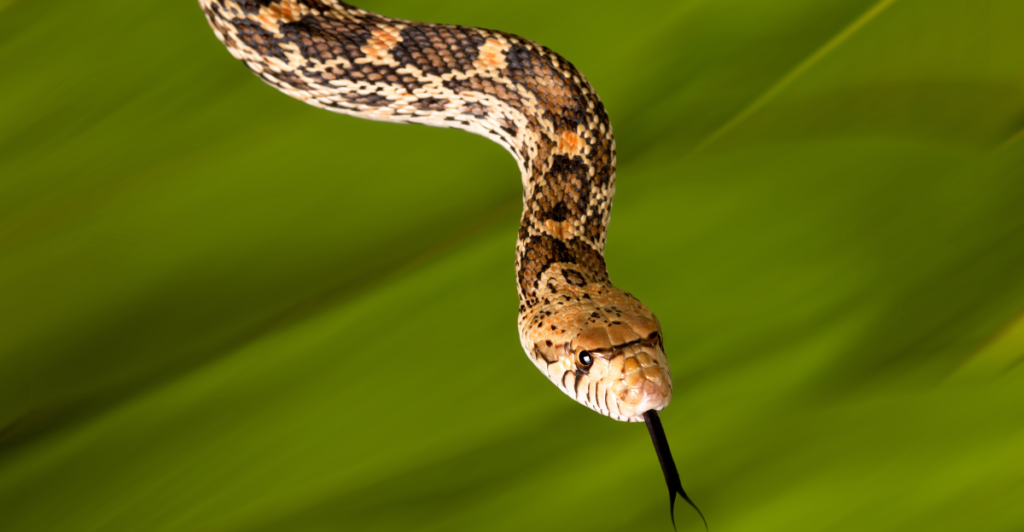
The bullsnake can reach lengths of up to 8 feet long, making it a fierce predator and one of the longer snakes found in North America. They are generally found in central and western U.S. states and dwell in open prairies and grasslands.
They do not have any venom and instead rely on their body size to constrict their prey, suffocating them in the process. They have an amazing scale pattern, normally yellow-brown with dark spots, making them blend into the environment very well.
They feed on small mammals and birds and even raid nests to feast on eggs. They control the local rodent population, and their size and strength make them an iconic species that needs to be protected from habitat destruction and fragmentation.
Explore more of our trending stories and hit Follow to keep them coming to your feed!

Don’t miss out on more stories like this! Hit the Follow button at the top of this article to stay updated with the latest news. Share your thoughts in the comments—we’d love to hear from you!







